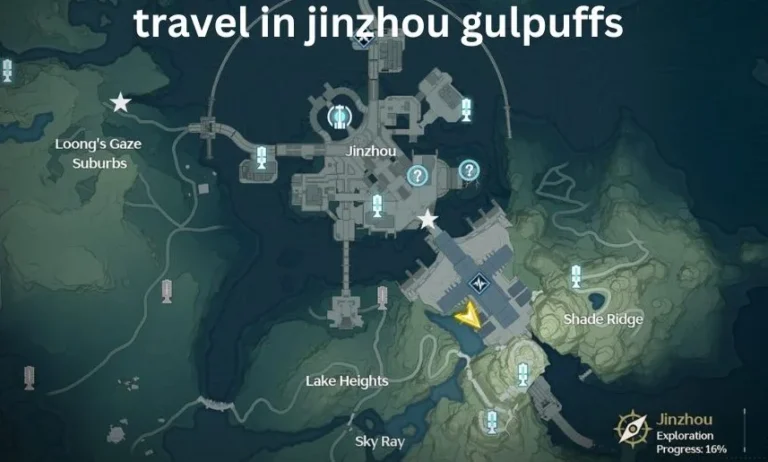Puno South America: A Hidden Gem of Culture and Natural Beauty
Puno, which is tucked away in Peru’s mountains, truly feels like the top of the world! Puno, situated adjacent to the world’s highest navigable lake, Lake Titicaca, is renowned for its breathtaking landscapes and lively customs. There’s always something fascinating to uncover, from the reed-built floating islands to the vibrant festivals that are brimming with music and dance.
South America’s secret treasure, Puno, has vibrant streets and a rich history. This town provides the ideal fusion of tradition and unspoiled beauty, making it an ideal destination for adventurers and those who enjoy discovering different cultures.
1. A Gateway to Lake Titicaca: The Heart of Puno, South America

The proximity of Puno to the globally recognized Lake Titicaca, the highest navigable lake on Earth, is the reason for its notoriety. This massive body of water, which forms the boundary between Bolivia and Peru, provides visitors with breathtaking vistas and an unparalleled experience at a high altitude. Anyone who touches foot in the area is instantly drawn in by the tranquil backdrop created by the glistening blue waters, which frequently reflect the huge Andean sky.
Lake Titicaca is a center of culture and history in addition to being a natural wonder. The lake has played a significant role in the lives of the indigenous people for many years, especially the Uros and Aymara cultures. For instance, the Uros have created floating islands out of totora reeds on which they still reside, fish, and maintain their way of life. A trip to these islands provides an intriguing window into their distinct way of life and culture.
Every traveler should take a boat tour of the lake. You’ll note the difference between the modern boats and the old reed ships that the villagers still use as you glide across the tranquil, smooth waters. Every visit to Lake Titicaca offers the chance to experience both the spectacular natural beauty and a cultural immersion.
2. Cultural Heritage: The Pulse of Puno’s Festivals
For good reason, Puno is frequently referred to as Peru’s folklore capital. The town’s vibrant and exciting festivals, which draw tourists from all over the world, are when its cultural legacy is most strikingly on show. The most well-known of them is the Festival of the Virgin of Candelaria, which takes place in February and is an explosion of traditional music, dancing, and costumes.
This event is a spiritual experience with strong roots in indigenous and Catholic traditions, not just a party. Numerous musicians and dancers swarm the streets, showcasing traditional dances like the Diablada, a show of elaborate costumes and dramatic staging. During this time, the entire city seems to come alive, and guests frequently get carried away by the contagious enthusiasm.
Puno’s cultural pulse is palpable all year long, even outside of the major celebrations. Smaller festivities and regional customs, such as neighborhood dances and artisan fairs where residents sell their handmade wares, are ingrained in daily life. The festivals and other cultural events in Puno offer a glimpse into the rich and varied history of the area.
3. The Floating Islands of Uros: Life on Water

A remarkable example of human ingenuity, the floating islands of Uros are arguably one of the most famous views in the vicinity of Puno. The sole material used to build these islands is totora reed, which is abundantly available near Lake Titicaca. The Uros people have inhabited these artificial islands for millennia, molding their way of life to fit the particulars of their surroundings.
The islands, where all aspects of life are dependent on reeds, are a live example of sustainable living. From their dwellings to their boats, the Uros have constructed practically everything they use from this resource. Touring the islands allows visitors to see firsthand how these floating villages manage to survive in spite of the difficulties that come with living on the sea.
The Uros Islands offer a humble experience. Hearing about floating islands is one thing, but really experiencing the soft, springy ground with your feet is quite another. The Uros people offer a rare glimpse into a centuries-old way of life, and they are warm and willing to share their stories.
4. The Mysteries of Sillustani: Ancient Ruins with a View
Just outside of Puno, sitting on the banks of Lake Umayo, stand the ancient ruins of Sillustani, a pre-Incan burial place. With their imposing chullpas, or burial towers, set against the expansive sky and commanding a serene view of the waters below, they represent a remarkable example of ancient architecture. Compared to other historical sites in Peru, the location is less busy, offering a tranquil setting for contemplation and exploration.
In addition to its historical value, Sillustani is a stunning place to be in nature. The Inca people used the cylindrical stone towers, some of which are over 12 meters high, that the Colla people had constructed. As you go around the site, the silent tales of old civilizations are brought to life by the towers, giving you a strong sense of connection to the past.
Just as fascinating as the ruins themselves are the vistas from Sillustani. Rolling hills and glistening lakes make up the surrounding scenery, and the serene stillness only heightens the ethereal ambiance. It’s simple to see why ancient societies chose this site for such an important ritual space.
5. Puno’s Highlands: A Landscape of Majestic Contrasting

The neighboring scenes of Puno are quite breathtaking. The hamlet is situated on the altiplano, a high plateau surrounded by huge open spaces and far-off snow-capped mountains. Rugged mountains, undulating hills, and Lake Titicaca’s deep blue waters combine to form the highlands’ striking splendor, which is a sight to behold.
The area is particularly charming because of its elevation—more than 12,500 feet above sea level. The scenery has a vivid appearance, with the colors appearing brighter and more alive due to the clear air and strong sunlight. Even the low-lying clouds in the sky seem more intimate and real. Puno’s hills provide countless opportunities for photographers and wildlife enthusiasts to capture breathtaking vistas.
Puno’s neighboring landscapes provide a playground for adventure lovers. There are many outdoor activities to choose from, such as birdwatching near the lake’s edges and hiking and riding in the hills. The Puno Highlands are a place that attracts both the adventurous spirit and those wishing to take in the quiet grandeur of the area because of its combination of serene natural beauty and difficult terrain.







